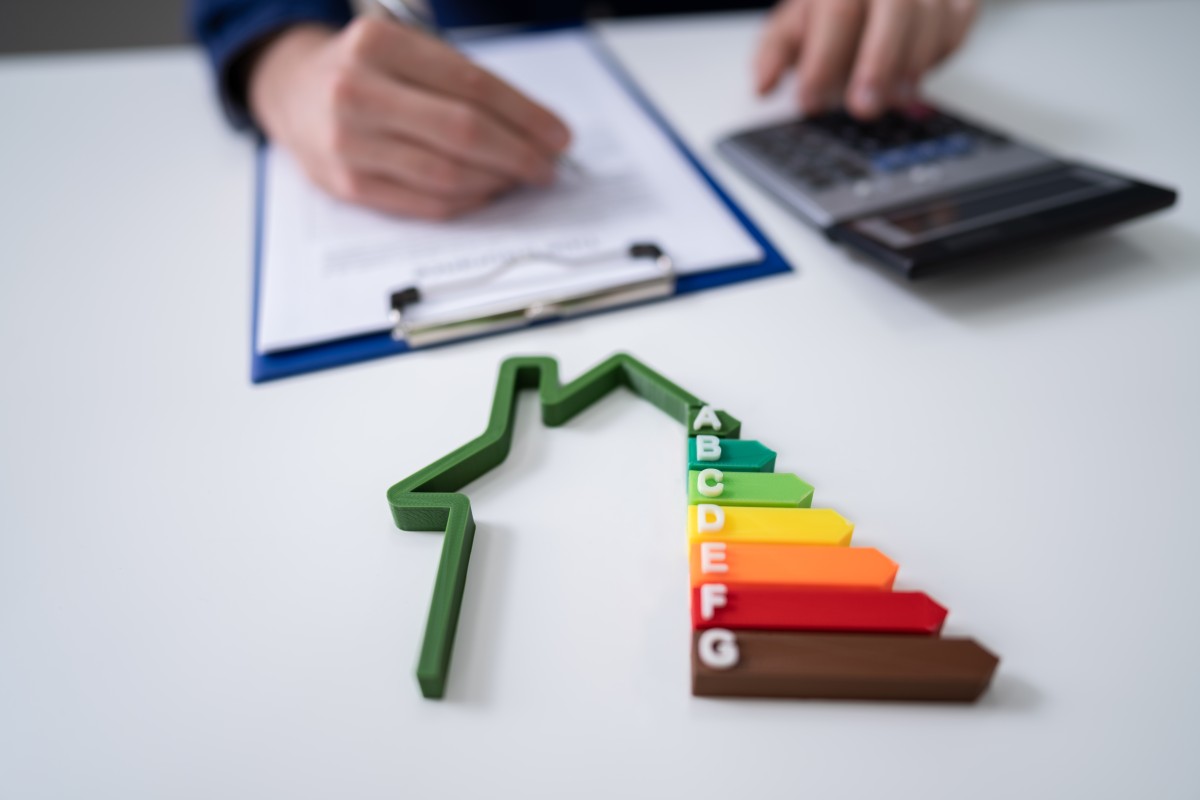Although the population is aware of the effects of climate change and environmental degradation, they have not yet taken the step of transferring this concern to improving the efficiency of their own homes, which would reduce the emission of greenhouse gases into the atmosphere. According to the latest climate survey by the European Investment Bank (EIB), 52% of Spaniards consider these to be very serious issues.
But in an ageing national housing stock, just 103,000 homes have been rehabilitated between 2021 and 2023. It is necessary to improve the energy efficiency of buildings, as they are responsible for 40% of European energy expenditure and are responsible for 36% of greenhouse gas emissions.
Among the reasons why citizens do not take the step to improve the quality and efficiency of their homes is the lack of knowledge about what it means to carry out an energy rehabilitation of the home, which is often a matter of neighbors with modest incomes and cannot assume this investment , or the bureaucracy and lack of knowledge about how to get it going.
The new version of the Energy Performance in Buildings Directive, approved by the European Parliament in mid-March, puts the spotlight on the population, who will have to be more aware than ever of the importance of renovating their homes and buildings to be more energy efficient.
The document states, among other things, that member countries establish national plans to reduce primary energy use of residential buildings by 16% by 2030 at the latest and by 20% or 22% by 2035.
"Carrying out an energy rehabilitation project is not easy, and even more so in a multi-family community, either when defending it to undertake it or during the management of the entire process," say the experts at Sto, a company specialising in the manufacture of construction systems and elements.
The company has identified the most common mistakes to avoid when considering a rehabilitation and carrying out an action of this type:
- Not considering return on investment (ROI). This point is especially important when 'selling' the project in a community of neighbours or to the rest of the members of the house. Demonstrating that energy improvements will result in long-term gains, with approximate figures, will help raise awareness of its importance on an economic level, and not just an environmental one. In addition, by doing this exercise, those renewal options that are not profitable will be detected.
- Not finding out about available grants and subsidies. According to the Confederation of Consumers and Users (CECU), 61% of the population is unaware that there is aid for the energy rehabilitation of homes. Not knowing about existing tax incentives or aid programs such as those included in the Recovery, Transformation and Resilience Plan can result in missed opportunities to reduce project costs. Especially, taking into account that many of these grants are compatible with each other and can be applied for at the same time.
- Opt for aid programs, but obstruct the administrative process due to errors. Grant programs require an administrative process that not everyone is able to follow correctly. In fact, many neighbourhood associations are reluctant to apply for aid due to the necessary management procedures. In this case, it is very important to try to correctly follow the indications and application requirements, and check that the documentation to be provided is correct, avoiding errors such as incomplete, disordered or duplicate content, signatures in image format, or that the necessary supporting documents are not provided to prove that the requested requirements are met.
- Lack of prior energy assessment or audit. It is a very common mistake not to carry out a full assessment of the energy needs of the building or dwelling before starting the project. This audit will provide data on consumption, environmental impact and energy efficiency, which will guide the actions to be taken and avoid making wrong decisions about which improvements to implement, prioritizing the most important ones. Likewise, in many of the aid programs, it is necessary to have an energy certificate before and after carrying out the work.
- Not prioritizing some of the top energy efficiency solutions. While any measures aimed at reducing energy demand will be positive, it will be a mistake not to first assess those that make it possible to make the most of the potential for saving and reducing energy consumption. In this sense, the main solutions that should be considered are: improving the thermal insulation of the building envelope, installing double or triple glazed windows, upgrading heating and cooling systems to more efficient options, such as heat pumps or condensing boilers, or betting on energy self-sufficiency systems, through the installation of solar panels or other renewable sources.
- Do not use qualified professionals. This is a common mistake in those works that are carried out in a particular way, so it must be taken into account that trying to do it without the help of professionals specialized in energy rehabilitation can lead to costly mistakes. These experts will advise throughout the process – prior assessment, calculation of return on investment, application of aid, obtaining permits, selection of the best solutions, systems and materials, establishment of a budget, regulatory compliance during the execution of the works, etc.- and ensure that the rehabilitation is carried out in the right way.
